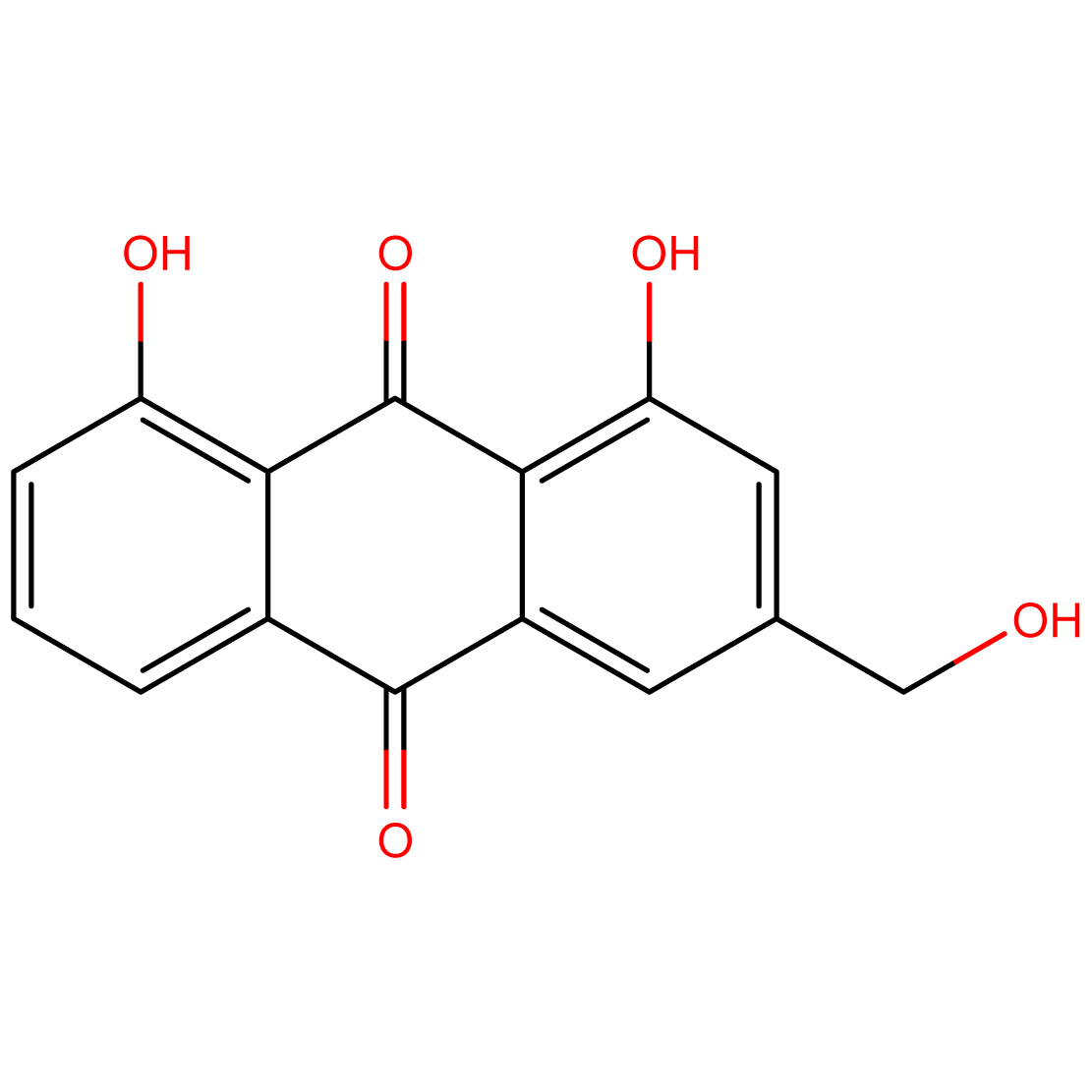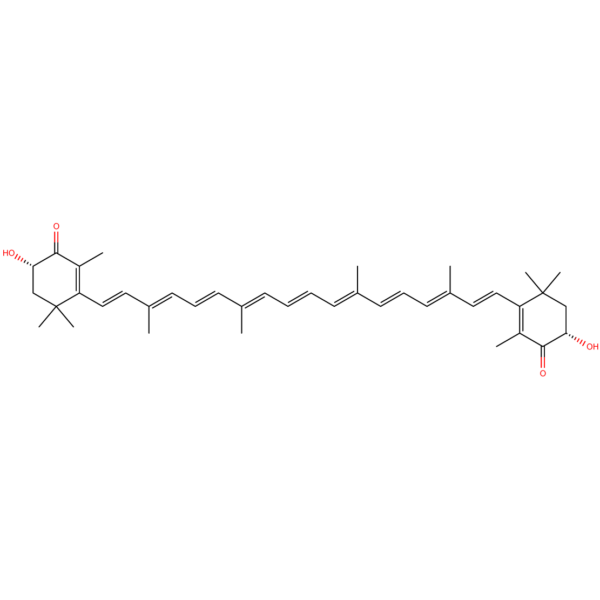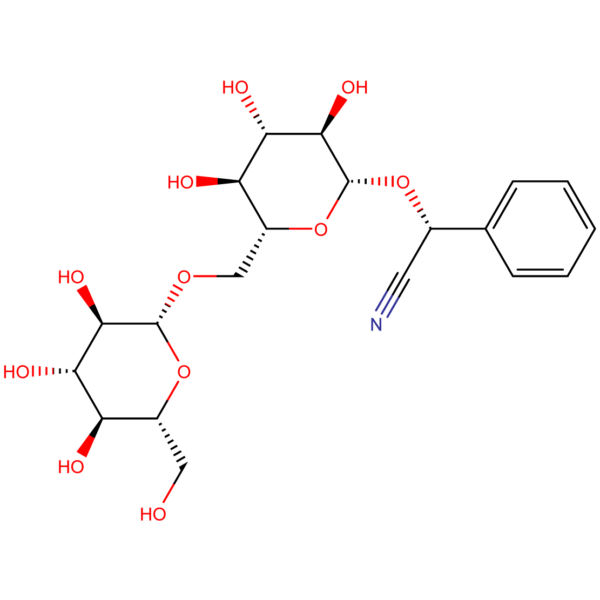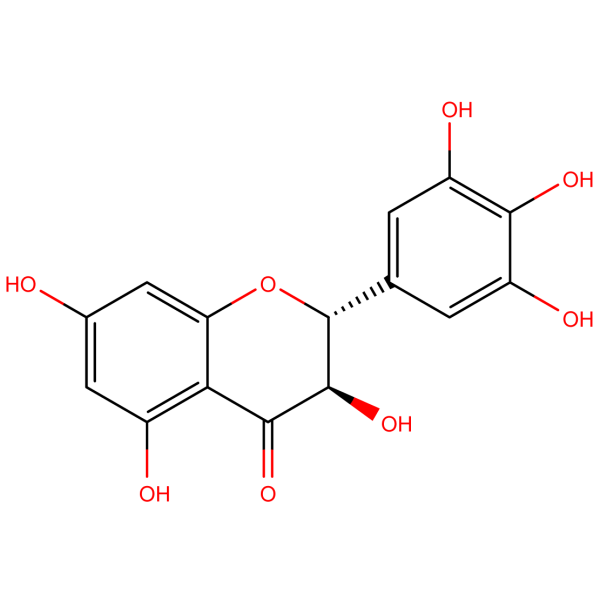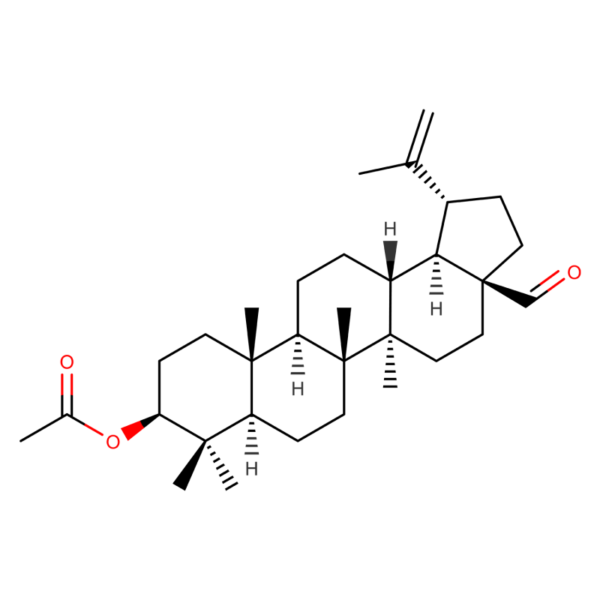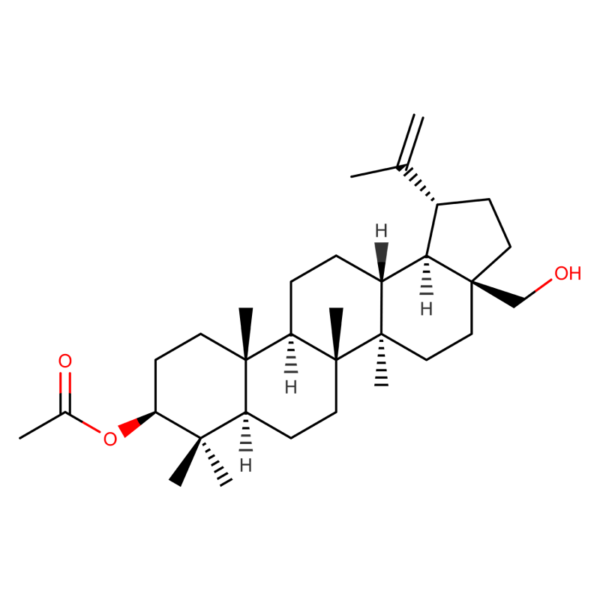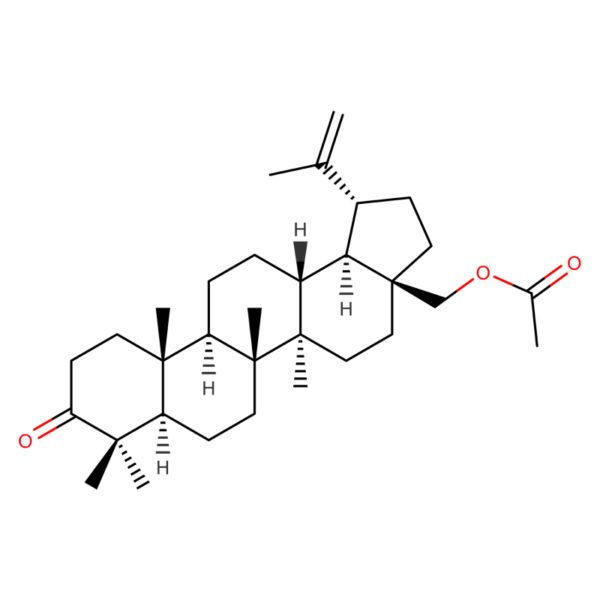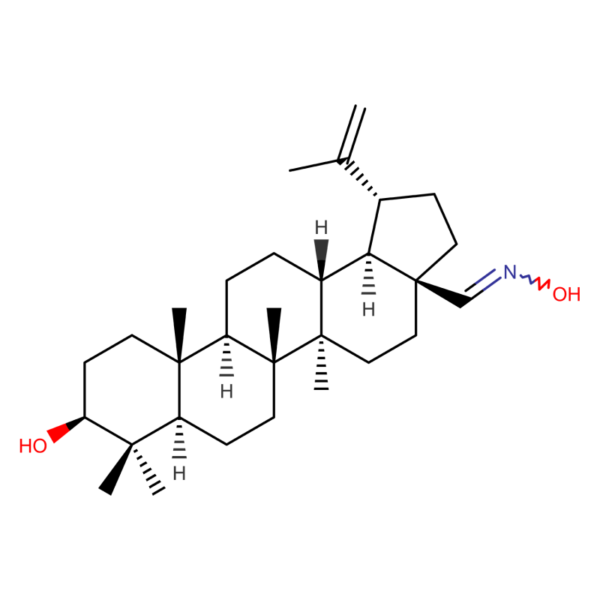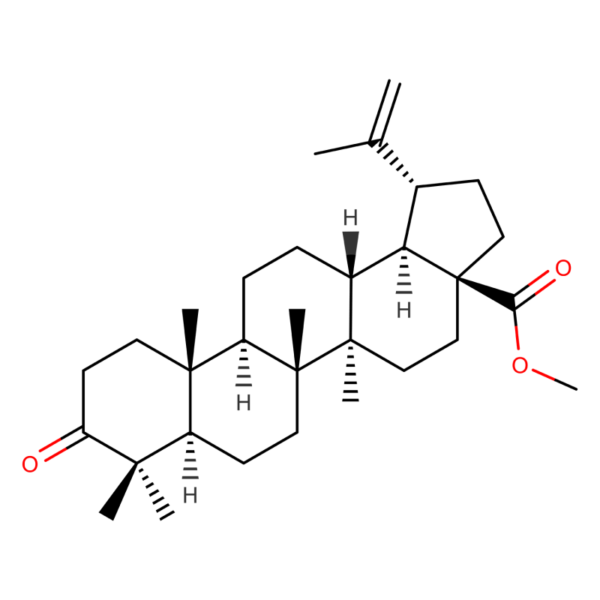Aloe Emodine: Natural Anthraquinone for Advanced Biomedical Research
1. Molecular Identity
- Chemical Name: 1,8-Dihydroxy-3-(hydroxymethyl)-9,10-anthracenedione
- CAS Number: 481-72-1
- Source: Naturally occurring in Aloe vera and various plants of the genus Rheum (rhubarb)
2. Biochemical Significance
Aloe Emodine is a natural anthraquinone compound with diverse biological activities. Its unique molecular structure contributes to its pharmacological properties, making it a compound of significant interest in natural product research and potential therapeutic applications.
3. Key Properties
- Anticancer Potential: Demonstrates cytotoxicity against various cancer cell lines
- Anti-inflammatory: Exhibits ability to modulate inflammatory responses
- Antimicrobial: Shows activity against certain bacterial and fungal species
- Laxative Effect: Possesses natural laxative properties
4. Potential Research Applications
- Cancer research and drug development
- Inflammatory disorder studies
- Antimicrobial compound screening
- Gastrointestinal health investigations
5. Current Research Focus
Ongoing studies are investigating Aloe Emodine’s effects on:
- Various cancer types and mechanisms of action
- Inflammatory signaling pathways
- Gut microbiome and intestinal health
- Cellular senescence and aging processes
6. Formulation Challenges and Innovations
Researchers are actively working on:
- Enhancing bioavailability and stability
- Developing targeted delivery systems for improved efficacy
- Creating synergistic combinations with other natural compounds
7. Regulatory Considerations
As a naturally occurring compound, Aloe Emodine’s regulatory status varies. Its use in specific therapeutic applications would require comprehensive safety and efficacy evaluations to meet regulatory standards.
8. Future Research Directions
The scientific community anticipates:
- Advanced preclinical studies for specific health indications
- Exploration of Aloe Emodine’s potential in combination therapies
- Investigation of structure-activity relationships for optimized derivatives
9. Collaborative Opportunities
We invite cancer researchers, pharmacologists, natural product scientists, and academic institutions to explore the research potential of Aloe Emodine. For inquiries, collaborations, or to discuss how Aloe Emodine can benefit your research projects, please contact us at sales@nstchemicals.com.
Join us in advancing biomedical research with Aloe Emodine – a versatile natural compound at the intersection of traditional medicine and modern pharmacological innovation.

